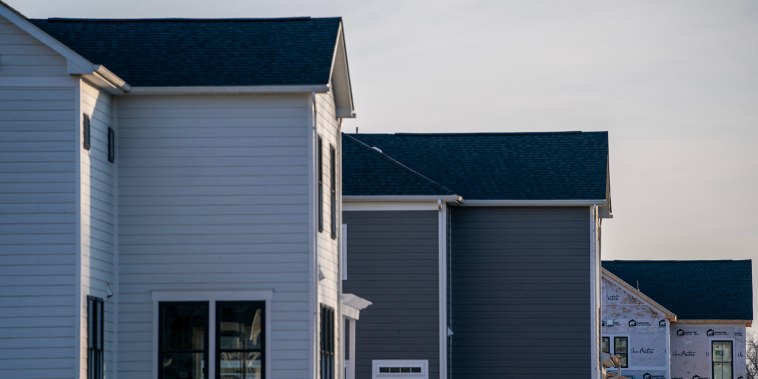
Embrace the Housing Market’s Fresh Chapter – The Era of 7% Mortgage Rates!
Navigating through the ‘New Normal’ in Housing Market: The 7% Mortgage Rates and Beyond
The COVID-19 pandemic has brought about substantial changes across multiple sectors. However, one sector experiencing ongoing, transformative shifts is the real estate market. The post-pandemic era has ushered in what industry insiders are referring to as the ‘new normal,’ a period marked by mortgage rates reaching a peak of 7%. This development has profound implications for buyers, sellers, and the housing market at large.
Higher Interest Rates – A Reflection of Economic Conditions
For several years, ultra-low mortgage rates have ruled the market, providing an impetus for a strong housing demand. However, these historically low rates have begun a steady uphill climb, casting a new landscape on the housing market. This surge is commonly linked to broader economic conditions. As nations worldwide recover from the pandemic’s economic impacts, central banks are adjusting their monetary policies. To control inflation and stabilize economies, higher mortgage rates are actioned. While 7% may seem steep, it’s essential to view this figure within the broader economic context – a measure to keep economies thriving and sustainable in the face of change.
Impact on Buyers and Sellers
Potential homeowners need to brace themselves for the era of the 7% mortgage rates. The higher interest rates mean more expensive home loans, which could lead to a decrease in the numbers of potential buyers as affordability dips.
On the other hand, sellers might need to recalibrate their expectations around the rapid price growth seen in recent years. The high mortgage rates could reduce the buyer pool, thereby reducing the demand and potentially stabilizing the skyrocketing house prices.
The Changing Landscape of Real Estate Investment
The rise to a 7% mortgage rate also impacts real estate investors. It’s expected that property developers and real estate investors may exercise more caution when it comes to new projects or purchases due to higher borrowing costs. This situation could influence the supply side of the market, possibly leading to less competitive pricing.
Adapting to the ‘New Normal’
The shift to a 7% mortgage rate underscores the importance of financial preparedness amid the evolving housing market’s landscape. Both current homeowners with variable-rate loans and prospective buyers planning a mortgage should ensure they’re able to handle these heightened costs. It would be wise to consider consulting with a real estate finance advisor to help navigate these tricky waters.
Furthermore, flexibility is key in dealing with this ‘new normal.’ Potential homeowners may need to be flexible about the type, location, and price of the property they’re considering due to the higher mortgage rates.
In the grand scheme of things, the rise to a 7% mortgage rate is just one of the many fluctuations within the housing market. While it may look daunting, understanding its implications and adapting can help industry players and consumers navigate through this changing landscape. As the saying goes, the only constant in life is change – the same holds true for the housing market.
In the meantime, the world waits with bated breath to see how this shift to higher rates shapes the state of the housing market in the long run. With resilience, adaptability, and a clear understanding of the market dynamics, we can successfully thrive in this ‘new normal.’
